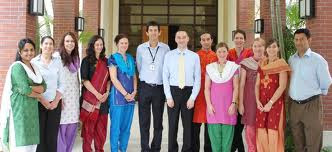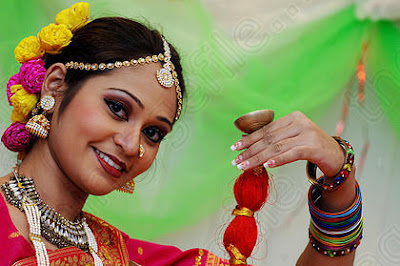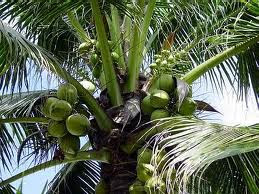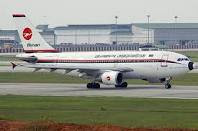The Bangladesh constitution embodies the basic principals of her foreign policy :it says, the state shall base its international relations on the principles of respect for national sovereignty and equality, non-interference in the internal affairs of other countries, peaceful settlement of international disputes and respect for international laws and principles as enunciated in the united Nations charter.
Bangladesh pursues a forward-looking foreign policy based on friendship with all and malice towards none. As an active member of the UN, the non-aligned movement, the OIC, the commonwealth and various international organizations, Bangladesh promotes global peace, stability, co-operation and development. Shaheed president Ziaur Rahman of Bangladesh pioneered the formation of SAARC-a regional co-operation forum comprising seven South Asian countries Bangladesh, Bhutan, India, Maldives, Nepal, Pakistan and Srilanka.
Bangladesh has recently emerged as one of the largest contributors of UN peace-keeping operations world-wide.

























